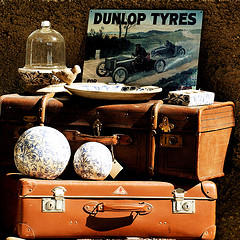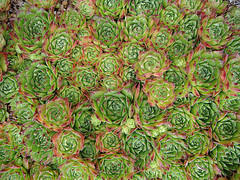After months of saving, you finally booked that sightseeing trip that you’ve always dreamed of. Whether you’re backpacking across Europe or taking a car trip through South America, you’ll need to know what to pack before you go. Packing these four items will help you be prepared for your sightseeing adventure.
- A sturdy backpack. This is an essential for long days of sightseeing as it enables you to tote your belongings around without straining your arms. Choose one with a large main pocket for clothing and supplies and smaller inner pockets to stow away money, your passport, and other essential items.
- Maps and guides. Maps are important in areas where you don’t have reliable cell phone service, and they cut down on the time you spend asking for directions. If you’re traveling to an area where you don’t speak the language, it’s also smart to bring along a foreign language dictionary.
- Proper clothes. Bring a rain jacket if you’re traveling to rainy London, and wear layers that you can easily remove if you’re in steamy Vietnam. Be sure to look up the climate beforehand to avoid clothing discomfort.
- A camera. Although a camera isn’t exactly an essential item, you’ll surely want to remember your trip for years to come!
Travel Tips and Packing Lists [Eagle Creek]
15 Things to Pack for Sightseeing [Sue’s Travel Tips]
How to Pack for a Sightseeing Vacation [Independent Traveler]












 Equal Housing Opportunity
Equal Housing Opportunity